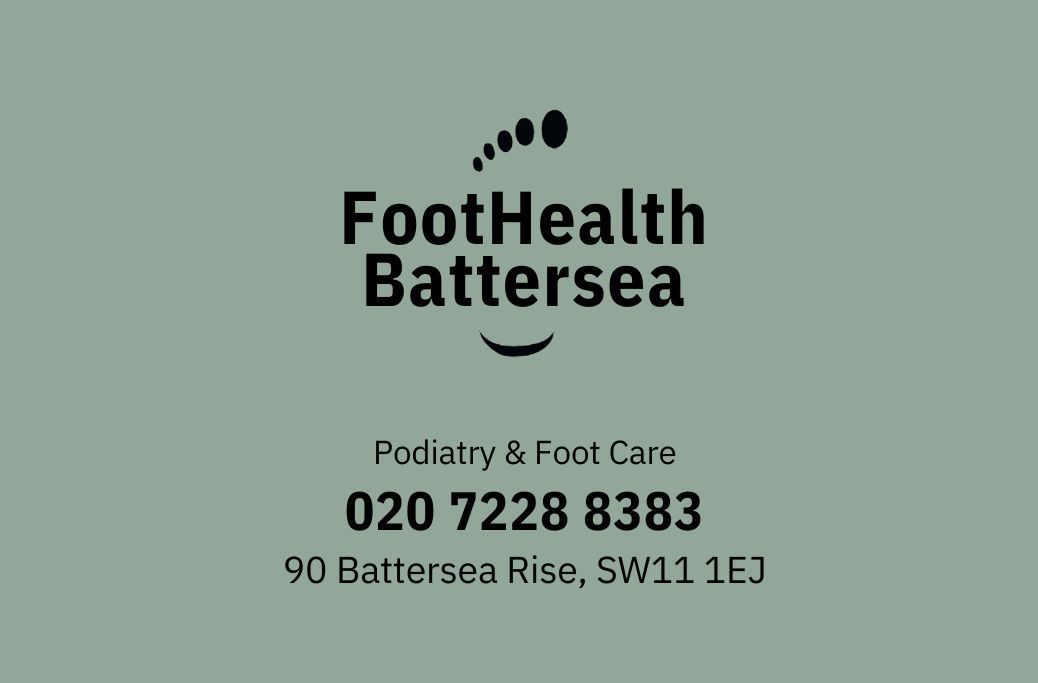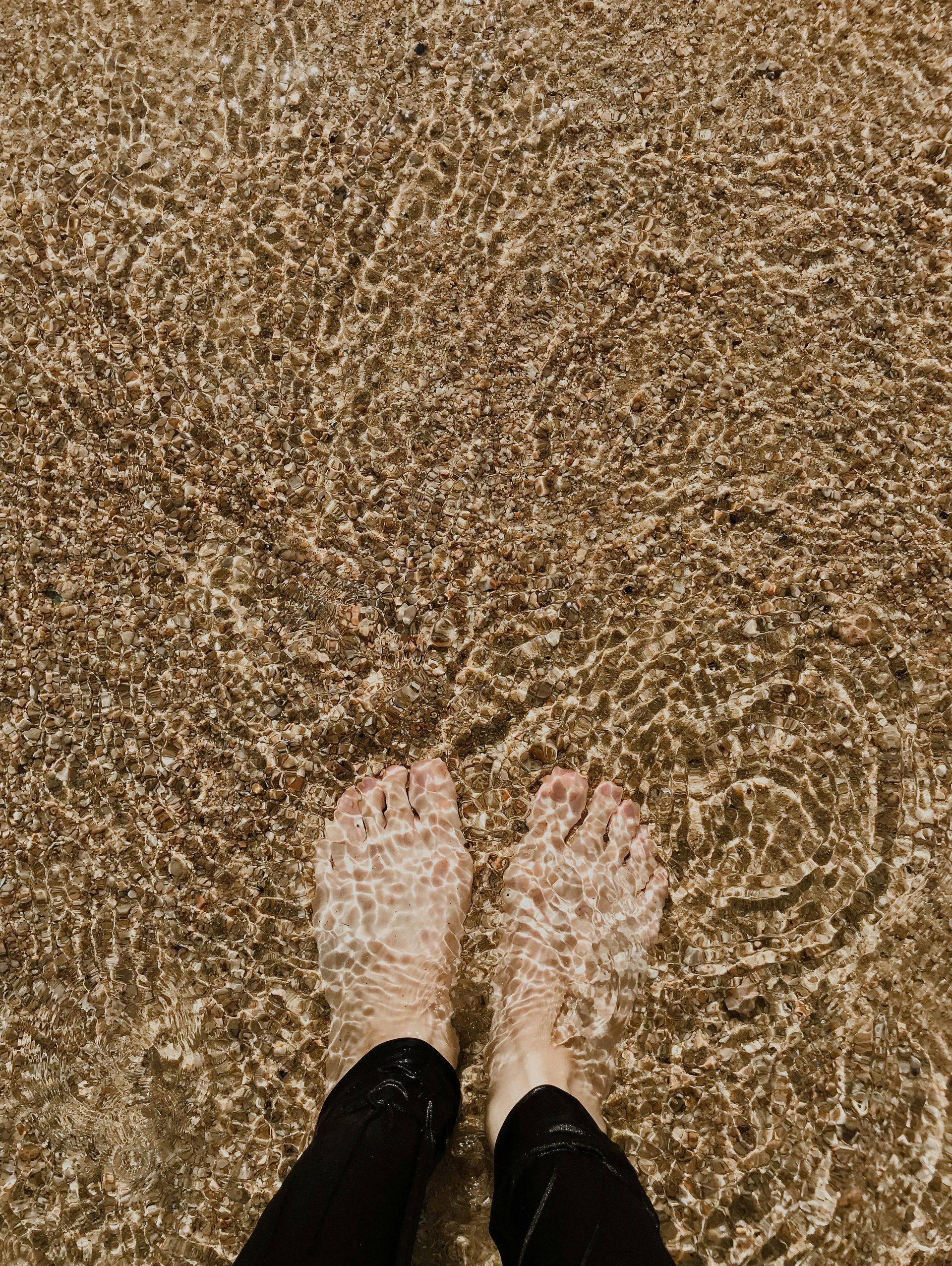Elevating Your Legs
A Podiatrists Perspective on the Benefits

In the realm of podiatry, where the focus is often on the feet and lower extremities, the practice of elevating legs holds significant therapeutic value. From reducing swelling to improving circulation, elevating legs is a simple yet effective technique recommended by podiatrists worldwide. This article explores the myriad benefits of leg elevation, supported by professional insights from podiatrists, and underscores its importance in maintaining optimal foot health.
Understanding Leg Elevation
Leg elevation is a therapeutic practice that entails raising the legs above the level of the heart. This is commonly achieved by lying down and supporting the legs on pillows or cushions. By adopting this position, individuals facilitate the return of blood and other bodily fluids from the lower extremities back towards the heart. This elevation helps to counteract the effects of gravity, which normally cause fluids to accumulate in the feet and ankles when standing or sitting for prolonged periods.
The primary physiological benefit of leg elevation lies in its ability to reduce swelling, medically known as edoema, in the lower limbs. When the legs are elevated, gravity assists in draining excess fluid away from the ankles and feet, thereby alleviating discomfort and minimising swelling. This drainage process is essential for maintaining optimal tissue health and reducing the risk of complications associated with fluid retention, such as compromised circulation and increased pressure on blood vessels.
Moreover, leg elevation eases the workload on the circulatory system. By promoting venous return—the process by which blood flows back to the heart—leg elevation enhances circulation efficiency. This is particularly beneficial for individuals prone to venous insufficiency, a condition characterised by inadequate blood flow from the legs back to the heart due to weakened vein valves. By reducing pressure and promoting better circulation, leg elevation helps prevent venous disorders and supports overall cardiovascular health.
In essence, leg elevation is a straightforward yet powerful technique recommended by healthcare professionals, including podiatrists, to optimise lower-limb health. Whether used preventatively to mitigate swelling and improve circulation or therapeutically to aid in recovery from surgery or injury, leg elevation remains a cornerstone of proactive foot care and vascular health management. By integrating this practice into daily routines, individuals can effectively enhance their overall well-being and maintain healthier lower extremities for the long term.
Benefits of Leg Elevation
1. Reduced Edema and Swelling
One of the primary benefits touted by podiatrists is the reduction of edema, or swelling, in the feet and ankles. Prolonged standing or sitting can lead to fluid accumulation due to gravity. Elevating the legs counters this effect by aiding fluid drainage, thus alleviating discomfort and promoting faster recovery from injuries or surgeries.
2. Improved Circulation
Optimal circulation is crucial for maintaining healthy tissues in the feet and legs. Poor circulation can contribute to conditions such as varicose veins and even diabetic foot complications. By elevating the legs, podiatrists recommend enhancing blood flow back to the heart, which supports cardiovascular health and reduces the risk of vascular issues.
3. Relief from Leg Pain
Individuals suffering from conditions like plantar fasciitis, Achilles tendonitis, or even general leg fatigue can benefit from leg elevation. Elevating the legs can relieve pressure on strained muscles, tendons, and ligaments, offering natural pain relief and promoting faster healing.
4. Prevention of Venous Disorders
Venous insufficiency, characterized by weakened valves in the veins that impede blood flow, is a concern for many patients. Podiatrists recommend leg elevation as a preventive measure against this condition. By reducing the pressure in the lower limbs, leg elevation helps maintain vein integrity and reduces the risk of developing venous disorders.
5. Enhanced Recovery Post-Surgery
After foot or ankle surgeries, patients are often advised to elevate their legs to minimize swelling and promote healing. Elevating the legs aids in reducing post-operative edema and accelerates the recovery process. This practice is crucial in preventing complications and ensuring a smoother rehabilitation period.
6. Complementary Therapy in Foot Care
Beyond specific conditions, leg elevation is viewed as a complementary therapy in overall foot care. It enhances the effectiveness of other treatments such as compression therapy and physical rehabilitation. Leg elevation complements treatment plans by optimizing outcomes and improving patient comfort.
Practical Tips for Leg Elevation
For optimal results, podiatrists recommend the following guidelines when practicing leg elevation:
- Consistency: Incorporate leg elevation into your daily routine, especially after prolonged standing or sitting.
- Duration: Aim for 15-30 minutes, several times a day, to effectively reduce swelling and enhance circulation.
- Positioning: Keep the legs comfortably elevated above heart level, using pillows or cushions for support.
- Integration with Treatment: Follow your podiatrist's advice regarding leg elevation in conjunction with other prescribed treatments.
The benefits of elevating your legs extend far beyond mere comfort. This practice plays a pivotal role in managing various foot and leg conditions, improving circulation, and supporting overall vascular health. Whether as a preventive measure or part of a comprehensive treatment plan, leg elevation stands out as a simple yet powerful technique in podiatric care.
Understanding and implementing leg elevation can significantly enhance foot health outcomes. It's an accessible practice that empowers individuals to take proactive steps toward better foot care and overall well-being.
By integrating leg elevation into daily routines and treatment plans, individuals can effectively mitigate swelling, reduce pain, and promote faster recovery from foot-related ailments. The guidance provided by podiatrists underscores the importance of this practice in maintaining optimal foot health throughout life.
Read More from our Blog
FootHealth Battersea Blog Spot
Can FootHealth Battersea assist you?












